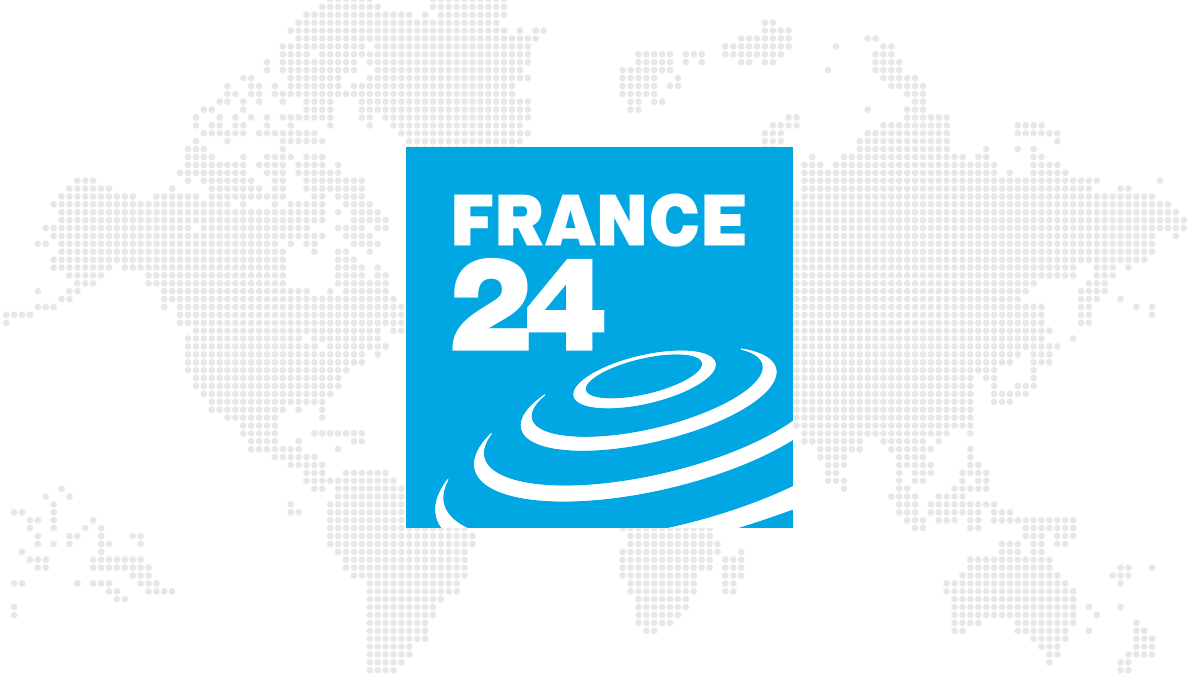Washington (AFP)
The new coronavirus can be degraded in a few minutes in the Sun, according to an experiment carried out by a high security laboratory of the American government and praised by Donald Trump, but the scientific community questions the method and the interest of this result.
The presentation was made Thursday at the White House by the scientific adviser of the Department of Homeland Security, Bill Bryan, during a press conference with the American president.
"Wait until you hear the numbers, you're not going to come back," said Donald Trump in the preamble.
According to the only table presented, Sars-Cov-2, the scientific name of the coronavirus causing Covid-19 disease, loses half of its particles in less than two minutes when it is under a summer sun, in the air or on surfaces, according to a simulation made in a box reproducing the sun's rays.
"This is the impact of UV rays on the virus," said Bill Bryan.
The laboratory that carried out the experiment, the National Biodefense Analysis and Countermeasures Center, was created in the 2000s to respond to the threats of bioterrorism. It is located in Fort Detrick, one hour from Washington. It is a maximum level biosafety laboratory (4), partner of reference institutions, including the National Institutes of Health.
According to Bill Bryan, the researchers also tested the resistance of the virus to various indoor temperature and humidity conditions.
Indoors, under normal conditions (21-24 ° C, 20% humidity), the "half-life" of the virus on surfaces such as door handles is 18 hours (one hour in air) . This is reduced to six or even an hour by increasing the heat and humidity.
The central problem with this presentation is that the study has not been published. Normally, for scientific work, researchers write an article presenting their method and their results and submit it for evaluation to a reading committee made up of scientists from the same field who will independently evaluate it.
- Seasonality? -
This is what specialists lack.
"It would be nice to know how the test was done, and how the results were measured," said Benjamin Neuman, biologist at Texas A & M-Texarkana University, AFP. "Not because it would necessarily be badly done, but because there are different methods for counting viruses, depending on the aspects we want to study".
In general, virologists have established that the sun's ultraviolet rays (A and B) can inactivate viruses, depending on the conditions of exposure. UV rays damage the genetic material of cells and viruses (DNA or RNA): that's why humans put sunscreen.
"The study confirms what we know about other enveloped viruses," said Vincent Racaniello, who teaches virology at Columbia University, AFP.
But what we know about other viruses does not necessarily apply to the newcomer.
In 2004, researchers exposed the coronavirus Sras, a cousin responsible for an epidemic in 2003, to UV-A rays for 15 minutes: this had not inactivated it.
In contrast, a UV slice called UV-C is used to kill germs. UV-C from the Sun is absorbed by the Earth's atmosphere, but special lamps have long been widely used to disinfect medical equipment and hospitals - even buses in China.
But UV-C rays are very harmful: it is therefore unthinkable to use them on the skin.
Researchers finally note that the value of disinfection by the Sun is, in any case, limited.
Outdoor contamination is considered less likely than indoor contamination and in confined spaces, unless you are gagged or sneezed directly on it, in which case you immediately receive droplets of saliva or mucus on your face, before UV n 'act.
The big question concerns the possible seasonality of the coronavirus, and this is where the new results on humidity and temperature have the most potential. They can give hope that summer is slowing the epidemic.
The lesser impact of the pandemic in the southern hemisphere, where it is the start of autumn, with the weather still warm, seems to support this theory.
© 2020 AFP

